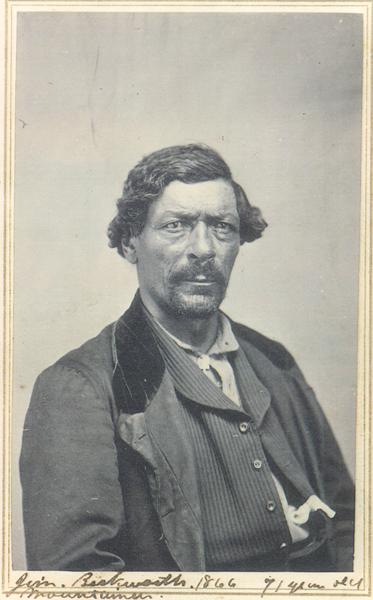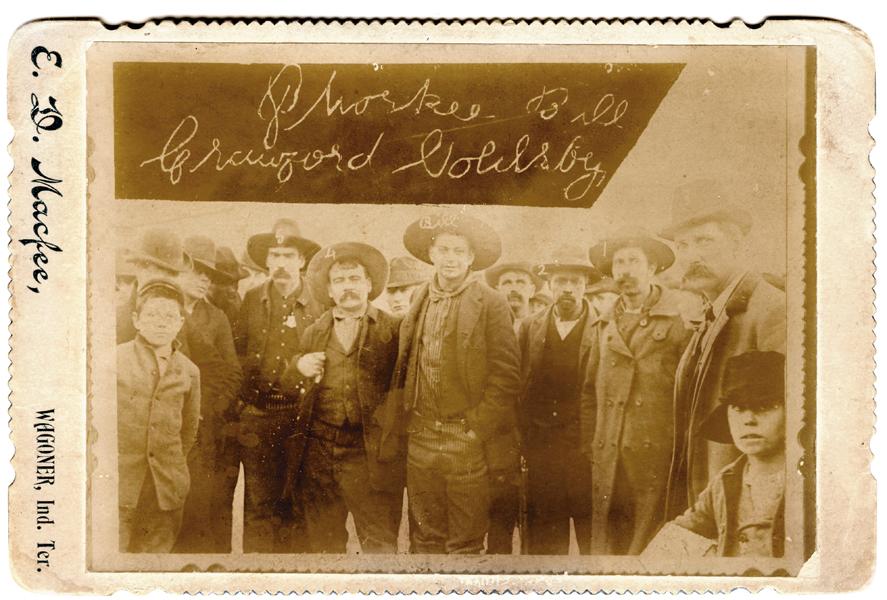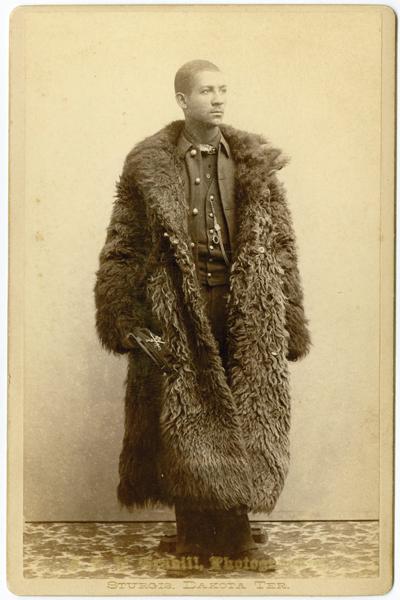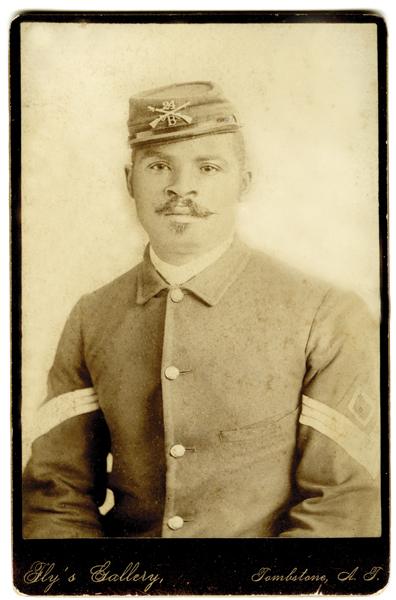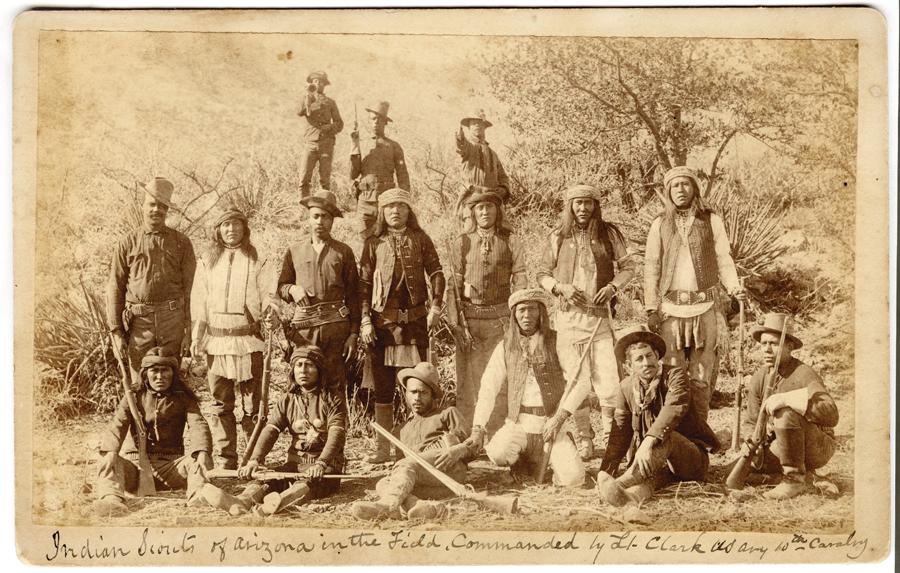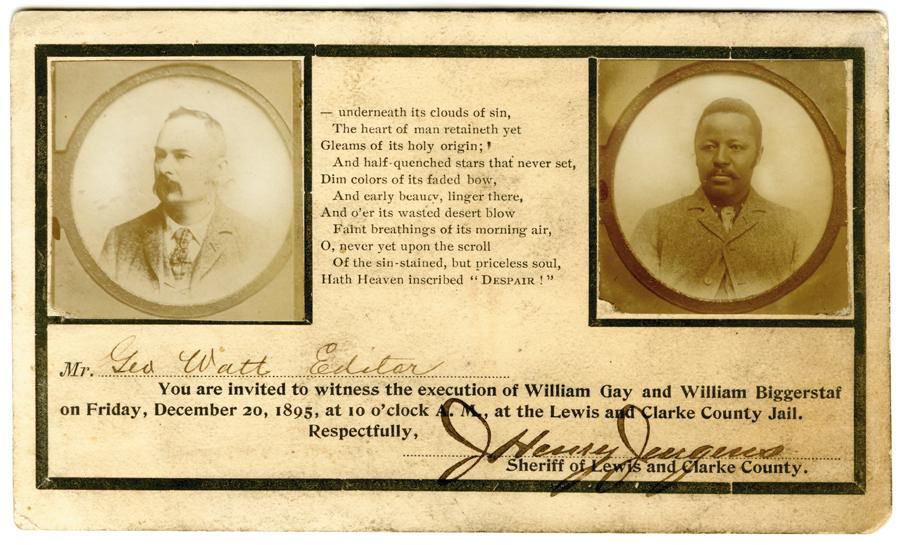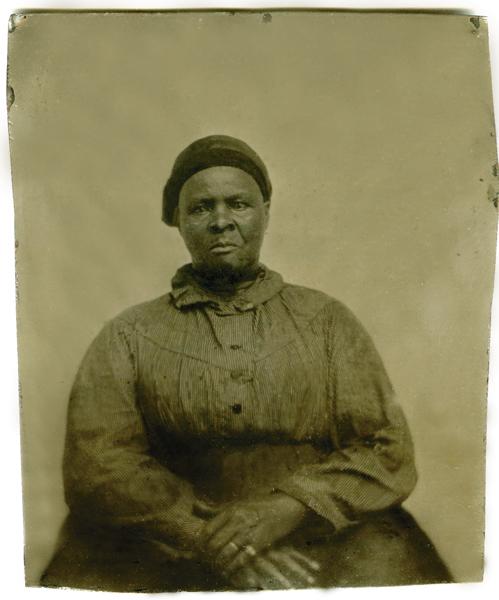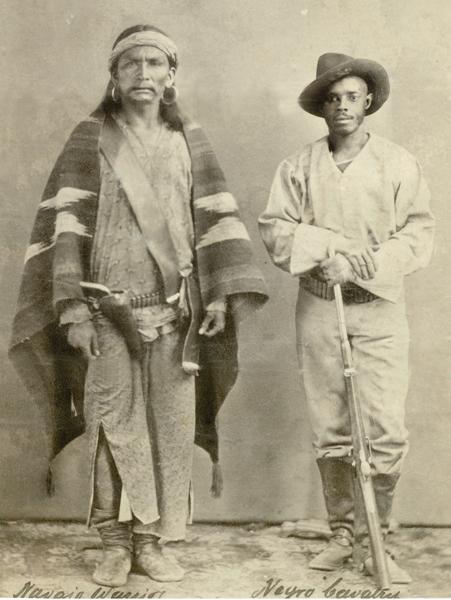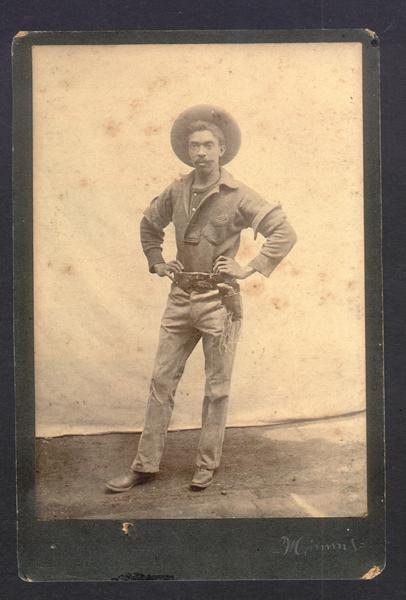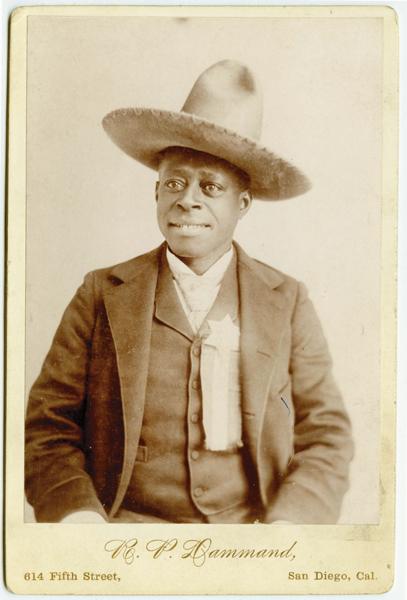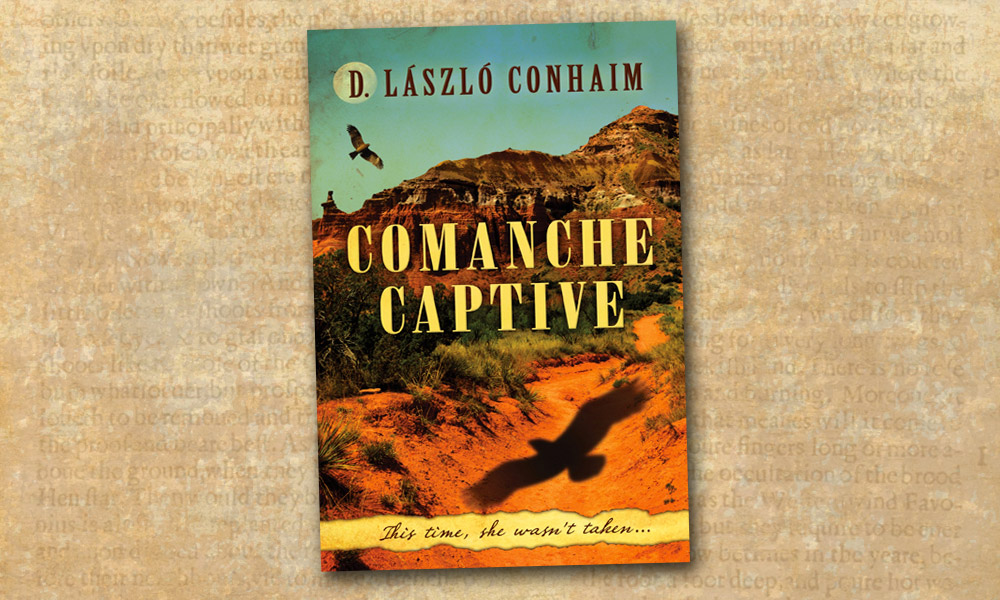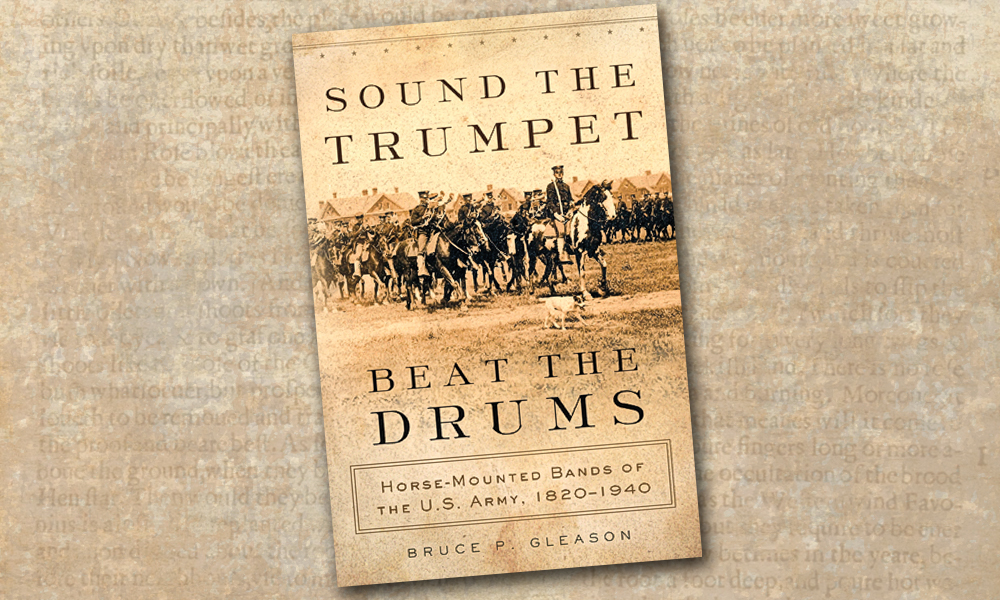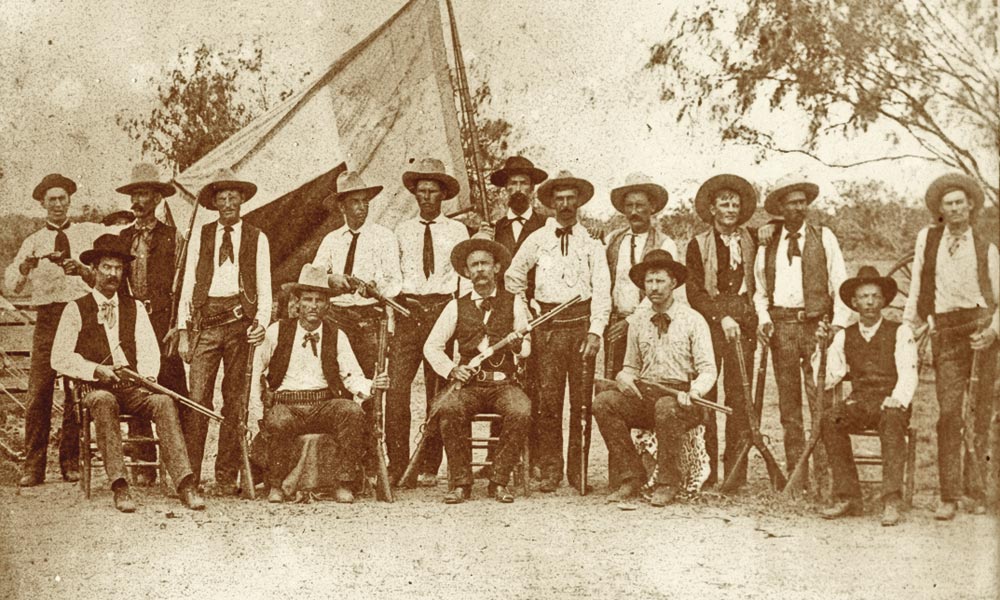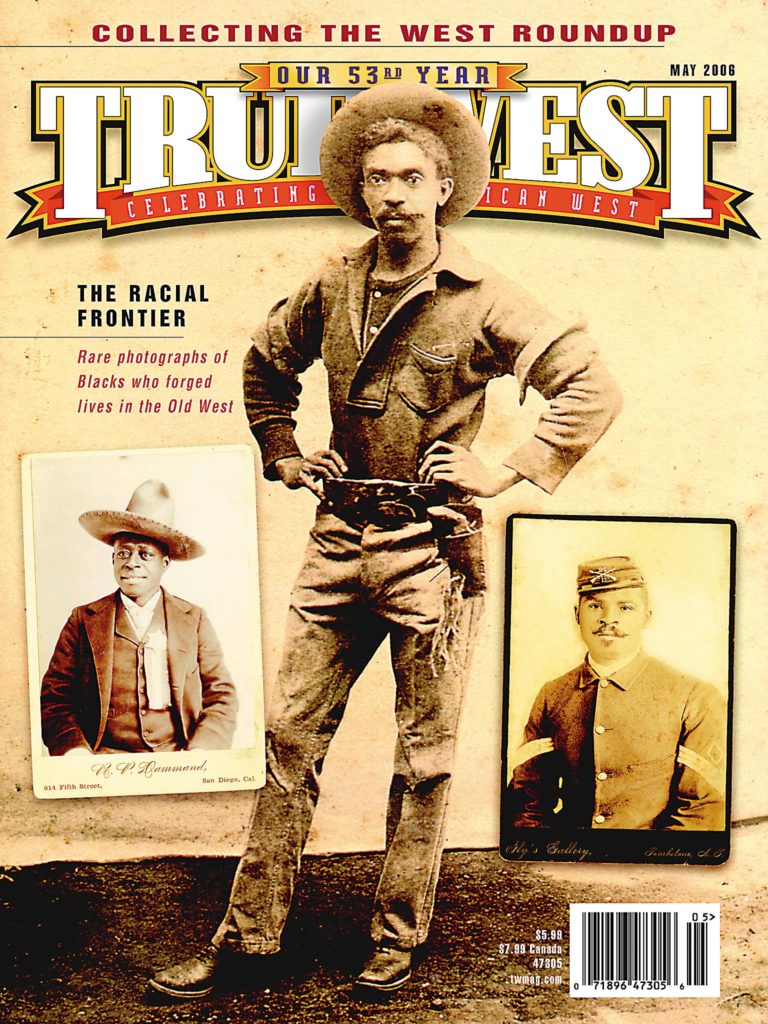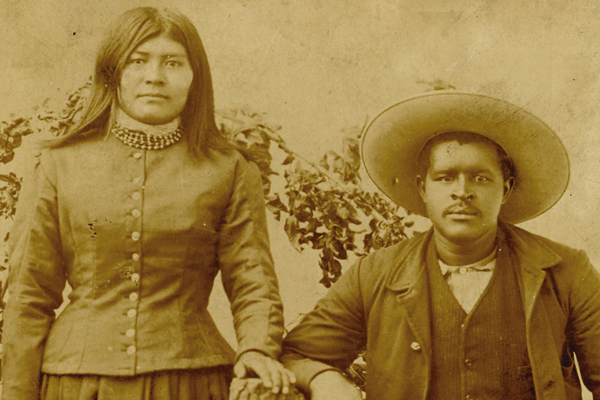 Men of African descent were in the West since the time of Spanish exploration in the 16th century.
Men of African descent were in the West since the time of Spanish exploration in the 16th century.
Estevanico, a Black slave from Morocco, was among the explorers who landed near Florida’s Tampa Bay in 1528. A series of disasters followed, and the members made their way in makeshift barges to the coast of Texas. Indians enslaved them, and soon, Estevanico was one of only four survivors. They escaped captivity and reached the interior of Mexico by 1536. After sharing with explorers the stories his captors had told of the “Seven Cities of Gold,” Estevanico was picked as a guide to these fabled cities in 1539. Unfortunately, Zunis killed him on the way, leaving Francisco Coronado to lead the charge the following year.
Blacks also participated from the beginning in American exploration and settlement of the West. Notably, York, a slave, accompanied Lewis & Clark on their epic 1804-06 expedition. Black frontiersmen were trappers during the fur trade era. They fought beside the Texans at the Alamo. Blacks made the trek westward to Utah with the Mormons and to California with the 49ers. And during the Indian Wars, they served as scouts, hunters and soldiers.
After the Civil War, young Black men arrived in Texas and became cowboys. A few became lawmen … and outlaws. They performed in the Wild West shows in the last half of the 19th century and beyond.
Even with all this activity, Black Americans on the frontier were relatively few in number when compared to the White population. (John W. Ravage suggests Blacks comprised no more than three percent of the people in the 19th-century American West, in his 1997 book Black Pioneers.) Accordingly, photographs of Blacks in the West are rare and much sought by historians and collectors.
Even though the images are rare, photography does document Black presence in the West, beginning with daguerreotypes and ambrotypes of the gold miners in California. These photographs of the 1840s-50s are quite few and fragile, and the surviving examples are of great value. The tintypes and paper images that followed are also very scarce. Collectively, these images reveal much about the participation of African Americans in every part of the West from 1860 to the end of
the century.
Among the images are those of notable Black personalities, including James Beckwourth, Cherokee Bill, Reuben the Guide and Mary Fields. Also in this collection are wonderful photographs of anonymous Black scouts, soldiers, cowboys and housewives, doing their best to capture a piece of the American Dream.
Photo Gallery
The son of a slave mother and a plantation-owner father, Jim Beckwourth roamed the West as a trapper, trader, horse thief and scout for 40 years. He has the distinction of being the subject of perhaps the first full-length biography of a Western frontiersman. His dictated memoirs, published in 1856, predate Kit Carson’s autobiography by two years. This excellent photograph was taken near the end of his eventful life.
– Courtesy Lee Burke Collection –
Living alongside the soldiers who patrolled the West and the settlers who made it their home were those who did not respect the law. This cabinet card depicts one of the most infamous of the Black outlaws, Crawford Goldsby, alias Cherokee Bill, who reputedly murdered five men and committed numerous robberies over a two-year period. E.D. Macfee photographed the capture in Wagoner, Indian Territory, in 1895. Cherokee Bill is shown in the center; “Bill” is faintly written on his cowboy hat in the photo.
Photographed by John C. H. Grabill in Sturgis, Dakota Territory, circa 1886, this cabinet card depicts an unknown soldier in the 25th Infantry and is the only known image of a Buffalo Soldier wearing a buffalo robe.
Photographer C.S. Fly is well known, mainly because he was the principal photographer of Tombstone, Arizona—the town made famous for its O.K. Corral gunfight. Fly is also known for his images of Geronimo, which were popular and often copied by other photographers. But this image of an unidentified soldier in the all-Black 24th Infantry was undoubtedly made just for the sitter, and the circa 1882 cabinet card is probably a unique image.
Commanded by Lt. Clark, these Indian scouts of Arizona were photographed in the field by Andrew Miller (attributed). The boudoir card is circa 1885. Eight of the 16 men in this image are Buffalo Soldiers. Note those in the background: One points his pistol skyward, one aims directly at the photographer and the third blows his bugle. This is an extremely rare outdoor view, which shows the relationship of the 10th Cavalry and the Apache scouts during the Indian Wars in the Southwest.
This invitation to the December 20, 1895, execution shows murderer William Gay (at left) and William Biggerstaf. Both men paid the ultimate price for their crimes. Interestingly, J.P. Ball, the Black photographer in Helena, Montana, also photographed Biggerstaf’s execution. Earlier in his career, Ball was a daguerreian artist in Cincinnati.
Mary Fields was a pistol-packing, hard-drinking woman who settled in Cascade, Montana, in 1884. In 1895, she found a job that suited her, as a U.S. mail coach driver for the Cascade County region of central Montana. She and her mule Moses never missed a day, and it was in this capacity that she earned her nickname of “Stagecoach Mary,” for her unfailing reliability. It is not known who photographed this circa 1885 tintype of her.
This circa 1887 studio portrait was probably taken in Arizona by Ben Wittick, a well-known photographer of Indian and frontier life in the Southwest.
This unidentified fellow appears to be a cowboy, but there isn’t much normal or traditional about his outfit. His double action pocket pistol, holster and cartridge belt are not of a high quality. He is wearing shoes instead of boots and a couple of sweaters instead of a bib shirt. Perhaps this outfit is the best he could afford. Or maybe he is just a real individualist! (If he isn’t a cowboy … what is he?)
– Courtesy Robert G. McCubbin –
Reuben the Guide was a celebrated tour guide who escorted visitors from San Diego, California, across the border to Tijuana, Mexico. He was well liked and known for his sombrero and five-pointed badge. His likeness appears on a number of postcards, and he posed frequently for tourists. R.P. Dammand of San Diego photographed this circa 1895 cabinet card of him.


